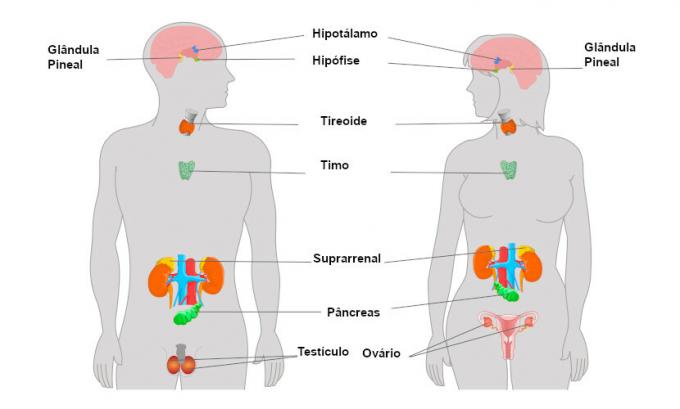The history of chewing gum, a delicacy appreciated in all parts of the world, by people of all ages, began with the Greeks, who had the habit of chewing resins taken from trees. Historical records also indicate that the Mayans and Incas removed latex from a tree called sapotizeiro (producer of the sapoti fruit, a sweet fruit that has a shape similar to the dwarf coconut) and they often chewed it, calling it gum.
The gum we know today was developed by an American inventor named Thomas Adams in the year 1872. He produced the first gum using the following materials:
Natural resins (substances produced by vegetables);
Flavorings;
Licorice extract (liquid taken from some material) (licorice is a bluish flowering plant/bush).
The evolution of this composition took place after World War II, when the natural resin was replaced by another, synthetic rubber, which is produced from petroleum. Therefore, gum is another one of the products that we use from petroleum.
Today the gum making uses the following materials:
Flavoring (substance used to give smell and taste, but dissolves in saliva and decreases with chewing);
Dyes;
Sugars (sweet and promote softness);
Flavorings (increases the effectiveness of flavorings);
Gum base (formed by paraffin and synthetic resins);
Emulsifiers (vegetable oils);
Plastic ingredient, such as polyvinyl acetate (used to give more elasticity);

Making a ball with gum demonstrates the elasticity of this product well.
We often put a very hard piece of gum in our mouth and, with time, it gets softer, isn't it? This is because the temperature determines the softness of the gum. The hotter it is, the softer and more mellow it will be; but if it is cooled, it will become hard and lose its elasticity. This is due to a characteristic of the synthetic rubber that makes up the gum: it is thermoplastic, that is, it can be molded by means of heat (high temperature).

It doesn't matter if the gum is too hard or not, it will always soften in the mouth
So if you ever get a stick of gum accidentally sticking to your hair, don't be desperate, just apply ice directly to make it hard and to remove it more easily. However, it's not all flowers, as we also need to discuss the problems that consumption of this delicious treat can cause. Check out a list of the main damages caused by chewing gum:
Formation of tooth decay (due to the presence of sugars);
Children can have their airways obstructed from ingestion;
Young children may have their bowel flow interrupted if gum is swallowed;
If consumed on an empty stomach, it stimulates the production of acid in the stomach, causing stomach problems such as gastritis.
Between the gum benefits, we can mention the stimulus to salivation and the fact that some of its components act as soap, cleaning the teeth.
By Me. Diogo Lopes Dias



